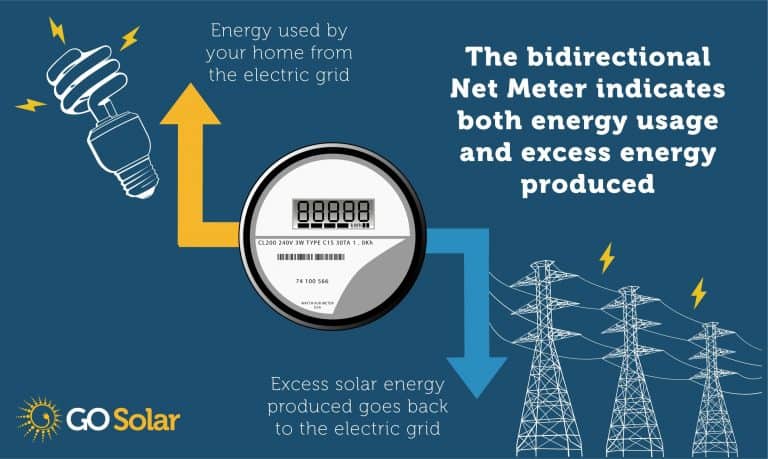Utah Solar Panels and Net Metering: What You Should Know

Utah’s Intricate Net Metering Landscape
Net metering is when a Utah utility company gives its solar customers a one-to-one rate for the energy that they put on and taken off of the grid. Meaning all energy is worth the same.
Some utilities pay cash for the excess energy produced. However, most credit excess solar to the customers’ next utility bill.
Excess solar-generated energy credits often rollover from one month to the next. It can also roll over from year to year, but this is less common.
How Rocky Mountain Power’s Net Metering Program Works in Utah
Although Rocky Mountain Power has changed, many Utah utilities still use net metering. It is worth looking at your electric provider to see if they have a net metering program.
Rocky Mountain Power Net Metering Changes
Because of Rocky Mountain Power’s change from net metering, only those who had solar installed before November 15, 2017, are grandfathered. These individuals have 1:1 kWh credit for the energy they overproduce.
Rocky Mountain Power’s Schedule 135 outlines the net metering program for those who get locked in historical rates. This document covers the monthly billing minimum for being connected to the grid and 13 other special conditions.
Utah Solar Energy Association: Their Part in the Settlement
Because of Utah Solar Energy Associations’ work, they have thwarted Rocky Mountain Power’s scheme to ruin the Utah solar industry. The combined effort of concerned Utahans and solar professionals has halted the death of solar growth in Utah and given rise to the Transition Program.
Rocky Mountain Power solar customers now have a fixed rate structure until 2032. Solar customers also do not have any additional fees. Lastly, this organization has and is fighting for legislation to approve the state solar tax credit extension.
Tariff Metering: What Makes it Different in Utah
Tariff metering or “time of day usage” involves dividing the day, month, and year into tariff slots. Through tariff metering, you pay more for your energy used during periods when there is more demand for electricity. Rocky Mountain Power’s Transitional Program is similar to tariff metering.
Rocky Mountain Power Solar Buyback
Rocky Mountain Power credits your power bill when you produce more energy than you have used. Those in the transitional program, have their meter measured every 15 minutes instead of at the end of each month.
Transitional customers receive credit for excess generation at 90 percent of the exported energy’s retail value. Although this isn’t the 1:1 credit that it used to be, it’s still better than what many utilities offer in tariff metering rates.
Rocky Mountain Power Solar Application
When you decide to get solar, you will need to fill out a solar application for your power company. For Rocky Mountain Power, you will want to fill out their level 1 application for residential solar. This application can be a painstaking task, but Go Solar Group is happy to help you in the process. Using a full-service company makes getting solar a seamless process.



Send a Message
Oops! We could not locate your form.